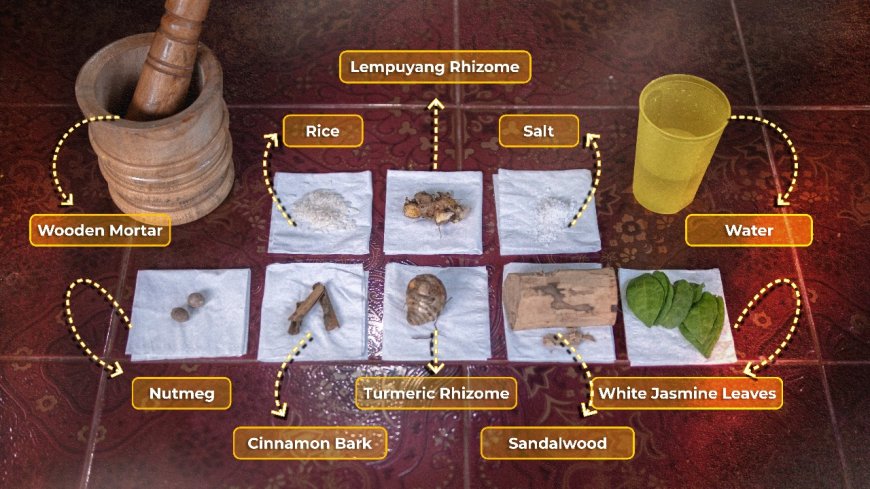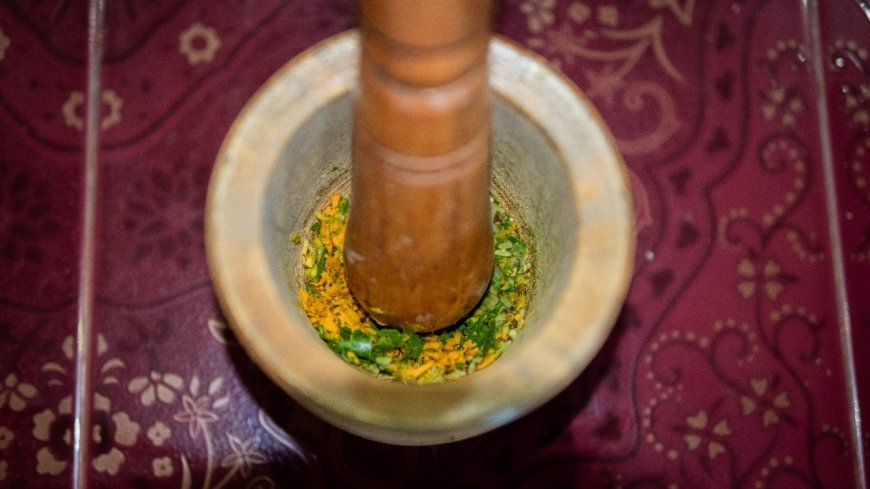White Jasmine: The Key to Health and Peace of Mind in Traditional Balinese Medicine
White jasmine (Jasminum sambac) is one of the important plants in traditional Balinese medicine, rooted in the Lontar Usada Taru Pramana. White jasmine is known for its cooling properties and is used to treat inflammation and acne. On the other hand, this plant is believed to calm the mind and relieve stress.

The Philosophy of Using White Jasmine in Traditional Balinese Medicine
White Jasmine (Jasminum sambac) is an important part of traditional Balinese medicine rooted in the Lontar Usada Taru Pramana. In this lontar (ancient manuscript), white jasmine is referred to as a "cool" plant, making it ideal for treating inflammatory conditions or acne. This lontar is a Balinese cultural heritage that contains extensive information on herbal plants and their benefits, including white jasmine, which has been used by the Balinese Hindu community for generations.
According to the philosophy of traditional Balinese medicine, white jasmine is considered a plant that is not only beneficial for physical health but is also believed to calm the soul. The "cool" nature of this plant is thought to reduce body heat and help soothe a stressed mind.
Methods of Processing and Using White Jasmine in Traditional Medicine
White jasmine can be used in traditional Balinese medicine due to its calming properties and its ability to maintain physical health. One common method of processing it is by making boreh, a traditional scrub made from a mixture of white jasmine leaves and other spices such as turmeric, sandalwood, cinnamon, and more.

Ingredients for White Jasmine Boreh (Photo Source: Personal Collection)
Steps in Making White Jasmine Boreh
1. Prepare the ingredients
The first step is to prepare the necessary ingredients, which include:
a. A sufficient amount of white jasmine leaves,
b. Supporting ingredients, such as:
- 1-2 tablespoons of rice,
- A small piece of cinnamon bark,
- A small piece of sandalwood,
- 1-2 sections of lempuyang rhizome,
- 1-2 sections of turmeric rhizome,
- A small piece of nutmeg,
- A pinch of salt,
- A little water.

Pound the Mixed Ingredients (Photo Source: Personal Collection)
2. Pound the ingredients
Once all the ingredients are ready, they should be pounded or ground. The ingredients can either be pounded together until smooth, or the jasmine leaves can be ground first, followed by adding each supporting ingredient and pounding until everything is finely mixed.

Add a Little Water to the Mortar (Photo Source: Personal Collection)
3. Add water
If the mixture is too dry, add a little water to create a softer texture. Stir again until it becomes smooth and easy to apply to the skin.

White Jasmine Boreh Ready for Use (Photo Source: Personal Collection)
Once the white jasmine boreh mixture is ready, it can be applied to the desired body parts, especially on areas with muscle tension or acne-prone skin. White jasmine boreh has a variety of benefits, such as reducing acne due to its flavonoid and tannin content, along with the properties of the other ingredients. It can also relax and relieve muscle tension due to the warming effects of sandalwood and lempuyang rhizome.
Rituals and Spirituality Associated with White Jasmine
White jasmine also holds a significant position in Balinese religious ceremonies. This simple yet meaningful flower is often referred to as a sacred flower. In Balinese religious rituals, white jasmine has several uses, including being believed to ward off negative energy, as a symbol of devotion to the Almighty God with its fragrant aroma that is thought to calm the mind, and as one of the main ingredients in offerings.





























































